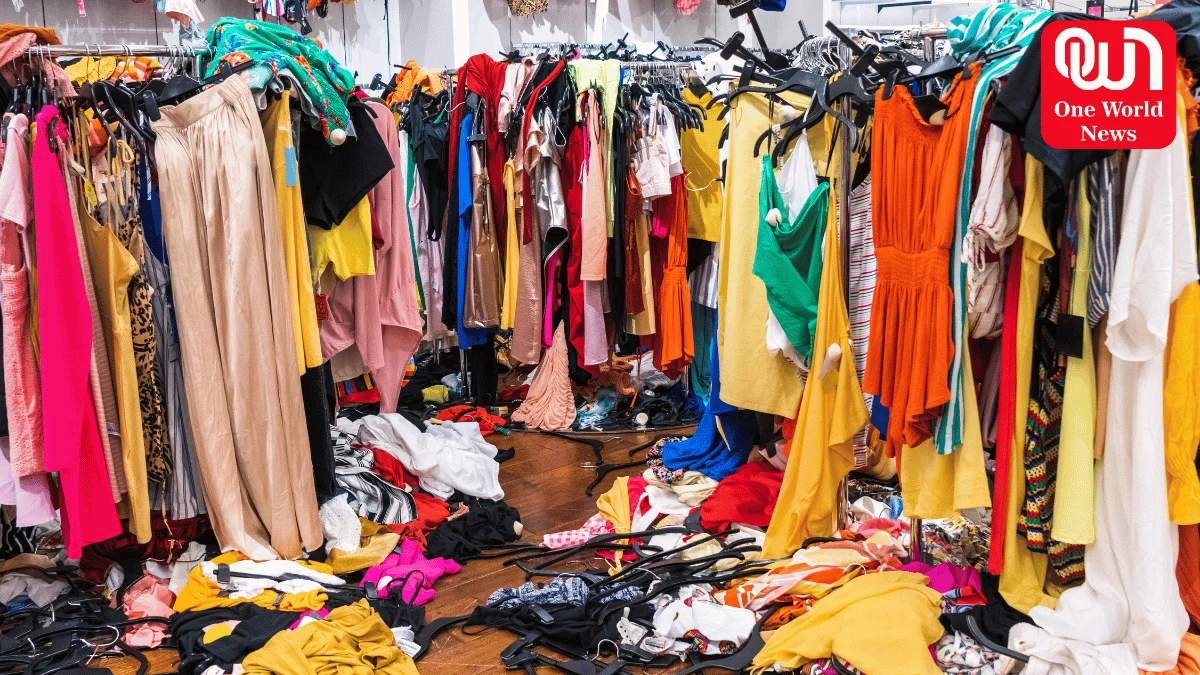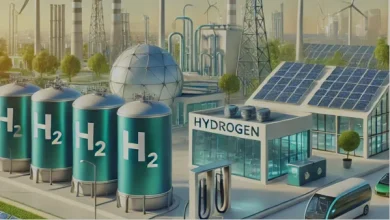Fast Fashion is good to look at, but not for the environment!
Fast fashion is not good for the environment and we need to understand how it is slowly creating more waste than ever before. Choose sustainable fashion!
What is fast fashion? Let us understand the problem behind it!
Fast fashion refers to the rapid production of inexpensive clothing collections that mimic the latest runway trends and are designed to be quickly manufactured and sold at affordable prices. This model relies on cheap labor, mass production, and frequent turnover of styles to meet consumer demand for trendy clothing at low prices. While fast fashion has transformed the fashion industry and made trendy clothing more accessible to the masses, it also poses significant environmental and social challenges.
Environmental Impact:
- Overconsumption of Resources:Fast fashion encourages a culture of overconsumption, where clothing is viewed as disposable and quickly replaced with new items. This leads to the overexploitation of natural resources such as water, land, and energy, as well as increased greenhouse gas emissions from manufacturing and transportation.
- Textile Waste:The fast fashion model generates a staggering amount of textile waste due to the constant production of new clothing and the rapid turnover of trends. Many garments end up in landfills, where they contribute to environmental pollution and take years to decompose, releasing harmful chemicals and dyes into the soil and water.
- Chemical Pollution:The production of fast fashion involves the use of toxic chemicals and dyes, which can have harmful effects on both the environment and human health. These chemicals often contaminate waterways and ecosystems, posing risks to wildlife and communities living near manufacturing facilities.
- Low Quality and Short Lifespan:Fast fashion garments are typically made from low-quality materials and constructed using cheap labor practices, resulting in clothing that is prone to wear and tear. This leads to shorter lifespans for garments, further contributing to the cycle of consumption and waste.
Read more: Unveiling Elegance: A Guide on How to Wear Lingerie with Confidence (oneworldnews.com)
Social Impact:
- Exploitation of Workers:The fast fashion industry relies heavily on cheap labor, often outsourcing production to countries with lax labor regulations and low wages. Factory workers, predominantly women and children, are subjected to poor working conditions, low wages, and long hours, with little to no job security or benefits.
- Unsafe Working Conditions:Many fast fashion factories operate in unsafe environments, where workers are exposed to hazardous conditions such as inadequate ventilation, unsafe machinery, and chemical exposure. Tragic incidents such as factory fires and building collapses have highlighted the dangers faced by garment workers in the pursuit of cheap clothing production.
- Violation of Human Rights:The fast fashion industry has been criticized for its role in perpetuating human rights abuses, including forced labor, child labor, and discrimination. Workers are often denied basic rights such as fair wages, safe working conditions, and freedom of association, leading to exploitation and social injustice.
- Impact on Local Communities:The expansion of fast fashion production has led to the displacement of traditional artisans and local garment industries in many countries. Small-scale producers and artisans are unable to compete with the low prices and mass production of fast fashion brands, resulting in loss of livelihoods and cultural heritage.
Fast fashion has revolutionized the way we consume clothing, making trendy fashion accessible to a wide audience at affordable prices. However, its reliance on unsustainable practices and exploitation of workers have raised significant environmental and social concerns. As consumers become more aware of the impact of their purchasing decisions, there is a growing movement towards sustainable and ethical fashion alternatives. By supporting brands that prioritize transparency, fair labor practices, and environmental stewardship, consumers can help drive positive change within the fashion industry and promote a more sustainable and equitable future.
Like this post?
Register at One World News to never miss out on videos, celeb interviews, and best reads.








